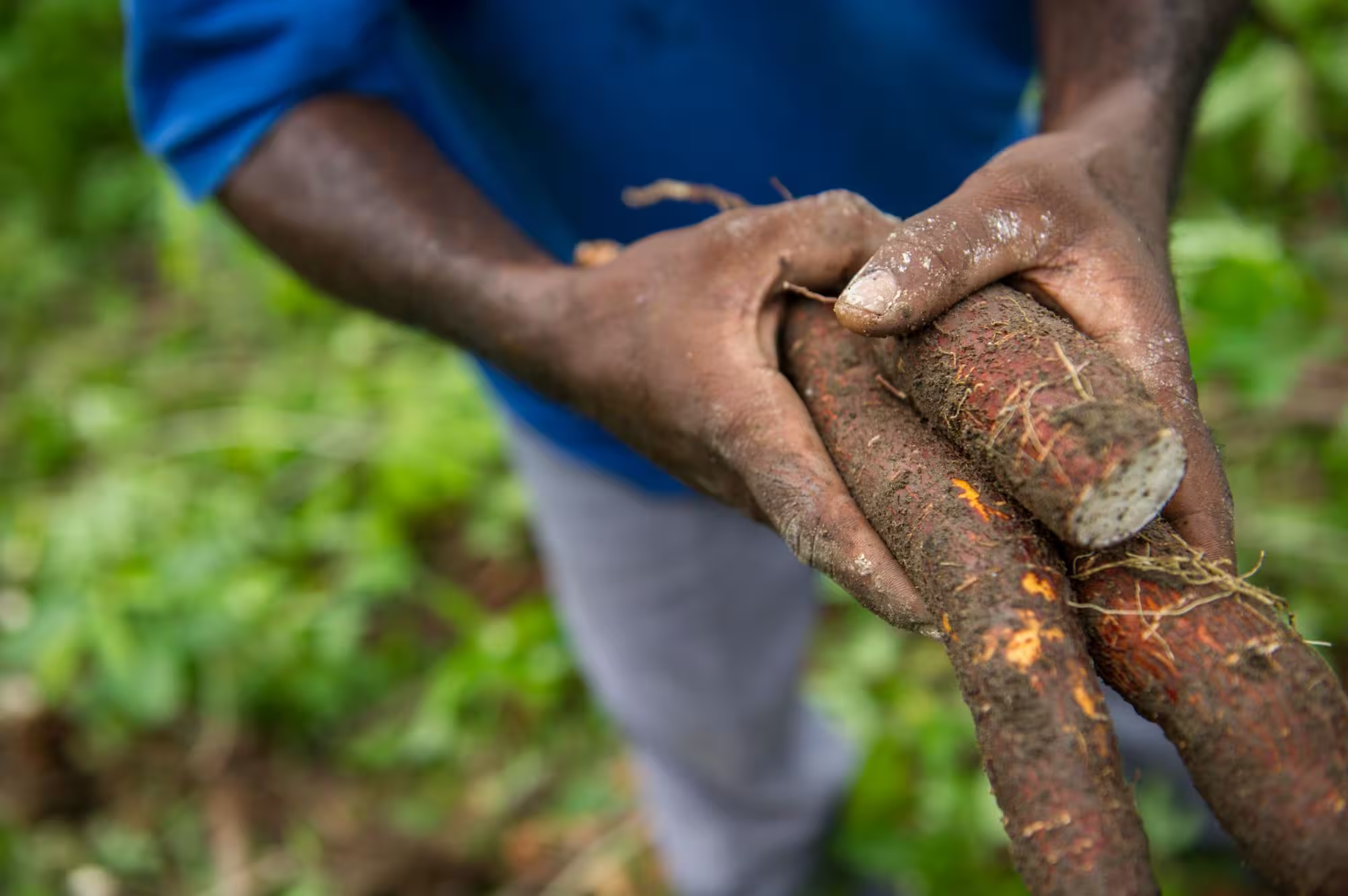Developing a predictive model for an emerging epidemic on cassava in sub‑Saharan Africa

Cassava or manioc (Manihot esculenta) is one of the most important staple food crops produced globally, with an estimated 800 million people on the African continent relying on cassava for their primary calorific intake. In recent years, cassava production in sub-Saharan Africa has faced increasing pressure due to the rapid spread of cassava brown streak disease (CBSD). First reported in Uganda in 2004, CBSD has since spread widely across East Africa, reaching as far as the north-central districts of the Democratic Republic of Congo (DRC). Warmer temperatures and altered rainfall patterns are creating more favourable conditions for the whitefly vector and CBSD to travel west, posing a significant threat to Nigeria, which is currently the world’s largest producer of cassava in West Africa.
Cambridge modellers have worked closely with collaborators and stakeholders in East Africa to use historic data to capture the Ugandan CBSD outbreaks and develop a model to determine the most effective control strategies for reducing the impact of the disease on cassava productivity. These models have capacity to provide insight into the expansion of CBSD across all 32 major cassava producing countries of sub-Saharan Africa, identifying primary routes for entry into the major growing regions. Now partnering with WAVE (Central and West African Virus Epidemiology), the team are exploring how the models can be used as tools for informing policy decisions at a national and regional scale.
